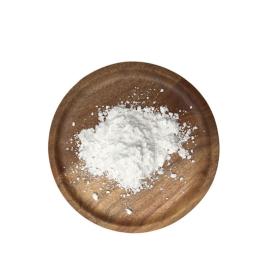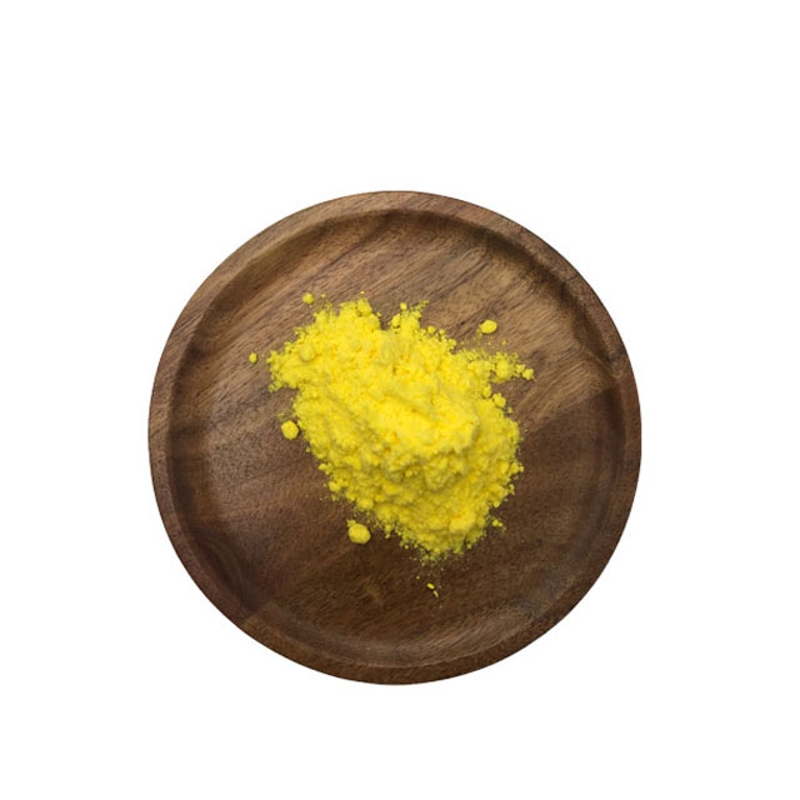-
Categories
-
Pharmaceutical Intermediates
-
Active Pharmaceutical Ingredients
-
Food Additives
- Industrial Coatings
- Agrochemicals
- Dyes and Pigments
- Surfactant
- Flavors and Fragrances
- Chemical Reagents
- Catalyst and Auxiliary
- Natural Products
- Inorganic Chemistry
-
Organic Chemistry
-
Biochemical Engineering
- Analytical Chemistry
- Cosmetic Ingredient
-
Pharmaceutical Intermediates
Promotion
ECHEMI Mall
Wholesale
Weekly Price
Exhibition
News
-
Trade Service
Renal cell carcinoma (RCC) accounts for 2% to 3% of adult malignant tumors, with 338,000 new cases and 144,000 deaths worldwide each year
.
In recent years, new therapies have developed rapidly, and immune checkpoint inhibitors and tyrosine kinase inhibitors (TKI) have been strongly added to the treatment of kidney cancer
.
However, reliable biomarkers are still needed to predict the prognosis of RCC patients and guide treatment decisions
.
Recently, a study showed that the ratio of neutrophils to lymphocytes (NLR) can be used as a prognostic biomarker for patients receiving immunotherapy combined with TKI for the treatment of renal cancer
.
The results of the study were recently published in the Journal of Clinical Cancer Research (IF: 12.
531)
.
Background Immune response and systemic inflammatory response are one of the key links in tumor development and disease progression
.
Among them, NLR, as a potential biomarker, provides a new idea for predicting the clinical outcome of a variety of solid tumors
.
Previous studies have shown that this biomarker of systemic inflammation, NLR, may become a reliable prognostic marker for RCC
.
This study evaluated the correlation between baseline NLR levels and clinical outcomes in patients with advanced RCC who received immunotherapy + TKI
.
Methods The study included untreated adult patients with advanced RCC
.
The patient has at least one measurable lesion, the ECOG PS is 0 or 1, and the kidney, heart, and liver functions are good
.
This study conducted a retrospective analysis of the results of the first interim analysis of the Phase III JAVELIN Renal 101 study, and evaluated the baseline NLR levels and progression-free survival (PFS) in the avirumumab+axitinib group and the sunitinib group.
, Overall survival (OS) correlation
.
Main results NLR avirumumab+axitinib group and sunitinib group enrolled 434 and 439 patients, respectively, and the median NLR level of both groups was 2.
8
.
The median NLR of the total population was 2.
8
.
In the two treatment groups, compared with high-level NLR, patients with low-level NLR had longer PFS.
The HR of avirumumab + axitinib group and sunitinib group were 0.
85 and 0.
56, respectively (Figure 1 )
.
Figure 1 PFS of patients in the two treatment groups (stratified by NLR) In the avirumumab + axitinib group, the median PFS of patients with low-level NLR and medium-high-level NLR were 13.
8 months and 13.
3 months, respectively
.
In the sunitinib group, the median PFS of patients in the low-level and medium-high NLR groups were 11.
2 months and 5.
6 months, respectively
.
In the Avirumumab+Axitinib group, the 12-month PFS rates of patients in the low-level NLR and medium-high-level NLR groups were 56.
4% and 50.
6%, respectively
.
In the sunitinib group, the 12-month PFS rates of patients in the low-level NLR and high-level NLR groups were 49% and 32.
2%, respectively
.
Multivariate analysis of PFS including various potential prognostic factors showed that NLR, as a continuous variable, had a stronger predictive effect in the sunitinib group
.
OS In the two treatment groups, compared with high-level NLR, patients with low-level NLR had better OS.
The HR of the avirumumab+axitinib group and sunitinib group were 0.
51 and 0.
30, respectively
.
In the interim analysis, the OS data of the two groups were immature, and the OS of the two groups was not reached
.
Figure 2 The OS (stratified by NLR) of patients in the two treatment groups is similar to PFS.
Multivariate analysis of OS shows that NLR, as a continuous variable, has a stronger predictive effect in the sunitinib group
.
The remission rate was higher in patients with low-level NLR compared with high-level NLR (Figure 3)
.
In the avirulumab + axitinib group, the ORR of patients with low-level NLR and high-level NLR were 57.
1% and 47.
5%, respectively, and the complete remission rate was 5.
5% and 1.
4%, respectively
.
In the sunitinib group, the ORR of patients with low-level NLR and high-level NLR were 29.
7% and 22.
3%, respectively, and the complete remission rate was 3.
7% and 0%, respectively
.
Figure 3 Efficacy analysis of the two treatment groups (stratified by NLR) Conclusion This is the first retrospective analysis to assess the correlation between the baseline NLR level and the efficacy of RCC patients receiving immunotherapy + TKI
.
Patients with low-level NLR had better clinical outcomes at baseline
.
The results of the study support that the baseline NLR level can be used as a prognostic biomarker for patients receiving avirulumab + axitinib or sunitinib for the treatment of patients with advanced RCC
.
In addition to NLR, other peripheral blood biomarkers may also be associated with the prognosis of advanced RCC, including C-reactive protein (CRP), the ratio of lymphocytes to monocytes, and the ratio of neutrophils to eosinophils (NER)
.
A recent study based on JAVELIN Renal 101 showed that CRP and NER can also predict the clinical outcome of avirumumab + axitinib in the treatment of RCC patients
.
References: Bilen MA, Rini BI, Voss MH, et al.
Association of Neutrophil-to-Lymphocyte Ratio With Efficacy of First-Line Avelumab Plus Axitinib vs Sunitinib in Patients with Advanced Renal Cell Carcinoma Enrolled in the Phase 3 JAVELIN Renal 101 Trial .
Clin Cancer Res.
2021 Nov 17:clincanres.
1688.
2021.
doi: 10.
1158/1078-0432.
CCR-21-1688.
Epub ahead of print.
PMID: 34789480.







